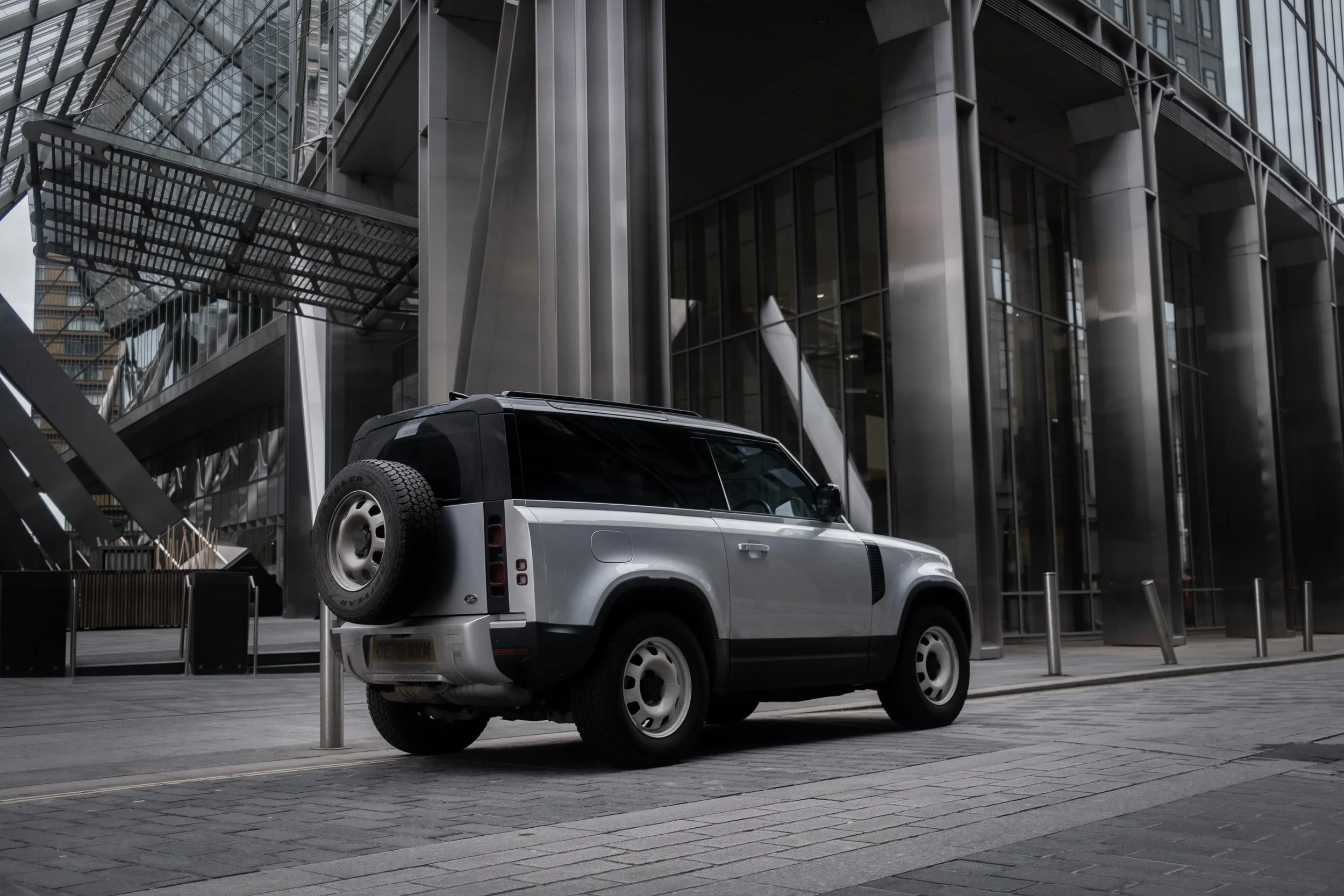Essential Steps for Planning Safe Group Trips and Events

Minibuses deliver practical, convenient transport for school excursions, community outings, and work events. They keep groups together and support comfort, safety, and cost savings.
Planning suitable transport involves reviewing seating layouts, accessibility features, and available storage options. Careful assessment ensures all passengers' requirements such as space for specialised equipment or mobility aids are addressed before travel.
Safety should always be the top priority when arranging group transportation. This includes selecting a well-maintained vehicle and considering features like seatbelts, emergency exits, and proper seating arrangements.
Good preparation requires checking that the minibus has passed all required inspections, confirming every seat has a working seatbelt, ensuring the driver's qualifications are verified in advance, and planning rest stops suited for the group's needs.
Safety Requirements for Group Transportation in Educational Settings
When planning educational trips, safety must come first. UK regulations require all vehicles used for transporting students to meet strict standards. These include proper seatbelts for all passengers, clearly marked emergency exits, and regular maintenance checks.
Drivers of educational transport must hold the correct licence category. For minibuses with up to 16 passenger seats, drivers need a D1 licence. Those who passed their driving test before January 1997 may already have this entitlement on their licence.
Insurance for educational transport requires close attention. Standard vehicle insurance often does not include transporting students. Schools must obtain insurance that specifically covers educational trips and multiple drivers.
Before any trip, conducting a thorough risk assessment is needed. This should identify potential hazards and outline steps to reduce risks. Many schools find that owning a dedicated minibus allows better control over safety standards than hiring vehicles for each trip.
Selecting the Right Vehicle Size for Your Group Needs
Choosing the correct minibus size depends on several key factors. First, consider the typical group size plus any extra space needed for luggage or equipment. For small teams or short trips, a 9 seater minibus for sale provides strong flexibility and fuel efficiency.
For groups such as a full school class or a local football club, selecting a 17 seater minibus for sale helps make sure no one gets separated and simplifies supervising the group. When everyone fits in one vehicle, organisers can maintain a headcount more efficiently.
These minibuses fit most UK licensing limits for standard D1 entitlement, meaning schools and community organisations avoid the added difficulty or cost of a larger bus. In narrow city streets or when attending rural events, 17 seaters offer more responsive handling than a full-sized coach.
Journey distance also affects the choice. For longer trips, passengers need more personal space and comfort. A vehicle that feels roomy for a 30-minute journey might become cramped during a day-long excursion.
Environmental Impact of Group Transportation Choices
Using minibuses instead of multiple cars significantly reduces the effect on the environment from group travel. A single 17 seater minibus can replace up to five standard cars, cutting fuel consumption and emissions by up to 70 percent.
Modern minibuses include increasingly fuel-efficient options. Euro 6 diesel engines produce fewer harmful emissions than older models, while newer petrol engines use technology that improves fuel economy. When reviewing minibus for sale options, check the vehicle's emissions rating.
Electric minibuses create zero tailpipe emissions, making them well-suited for areas facing air quality difficulties, particularly urban settings. Shop our 9 seater minibuses includes electric options that eligible organisations can consider with government grants available to help offset the higher initial purchase price.
For organisations operating in cities with Low Emission Zones or Ultra Low Emission Zones, choosing compliant vehicles is required to avoid daily charges. Most modern minibuses meet these standards, but older models may not.
Accessibility Considerations for Inclusive Group Travel
Creating truly inclusive group experiences means choosing transport that accommodates everyone. When reviewing minibus options, check for features like low-entry steps, grab handles, and sufficient aisle width. For wheelchair users, specially adapted accessible minibuses include features such as wheelchair lifts or ramps.
Space planning is particularly important for accessible transport. Each wheelchair position typically requires the space of at least two standard seats. The vehicle must have proper floor tracking and restraint systems to secure wheelchairs safely during travel.
Loading procedures require thorough organisation. Staff need training on how to operate wheelchair lifts safely and secure mobility devices correctly. The process takes extra time, so trip schedules should include a buffer for boarding and disembarking.
Take the Next Step Towards Smarter, Safer Group Travel
Effective group travel planning combines safety, accessibility, environmental responsibility, and cost-efficiency. Whether you're organising a school excursion, a community outing, or a work-based trip, the right minibus can make all the difference, keeping everyone together, comfortable, and secure on the road.
If you're ready to enhance your organisation’s travel capabilities, explore the available minibus options today. With choices that suit various group sizes, budgets, and accessibility needs, now is the perfect time to make transport smarter and safer for everyone involved.
Founder of this eponymous blog, focusing on men's fashion & lifestyle.





